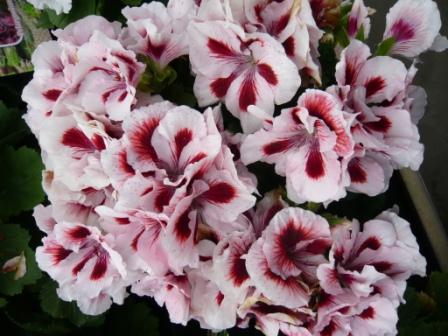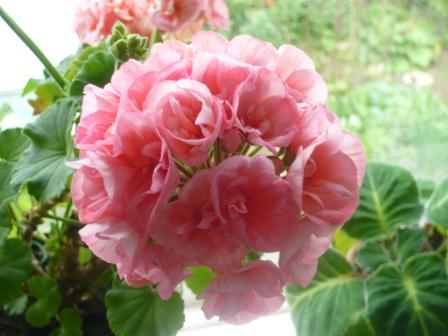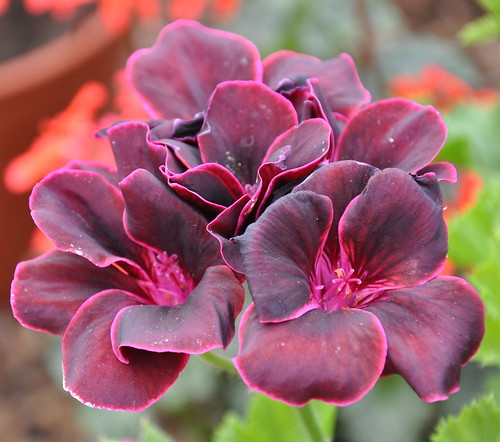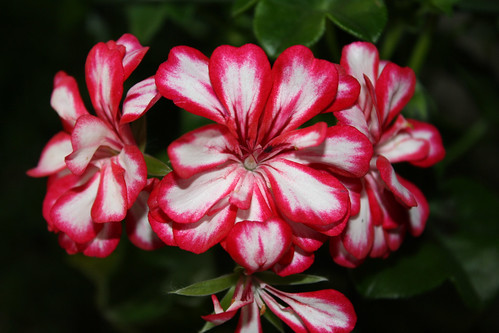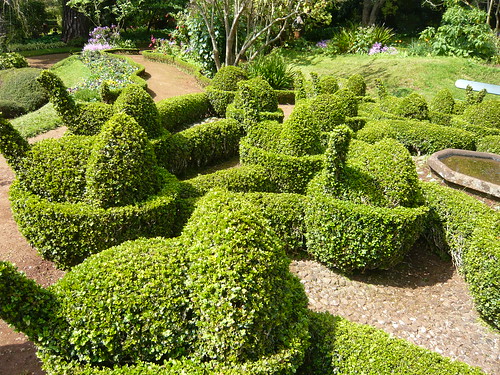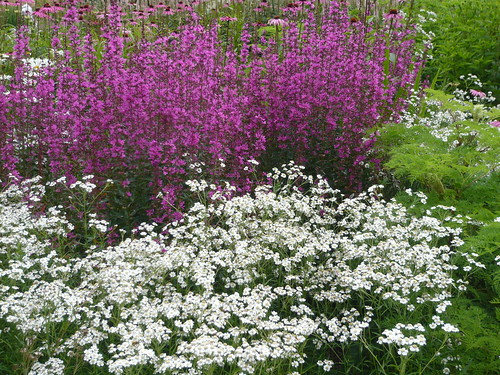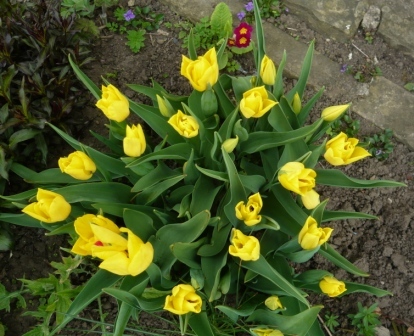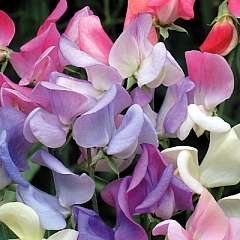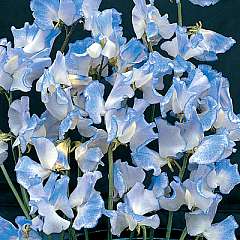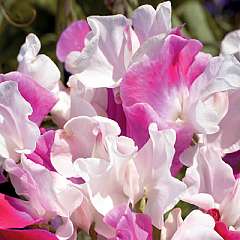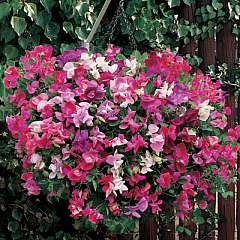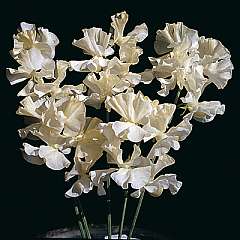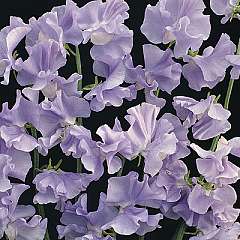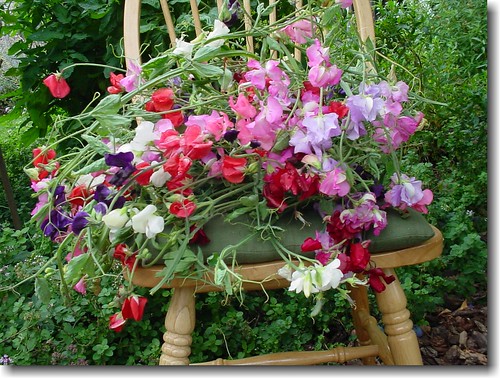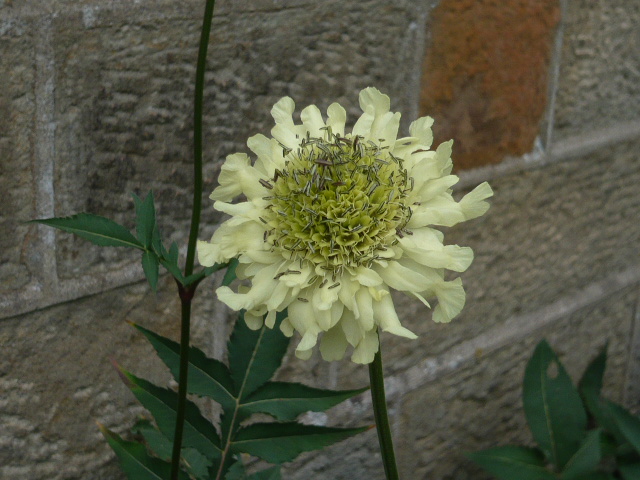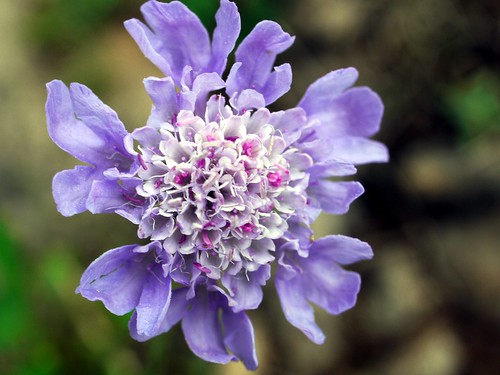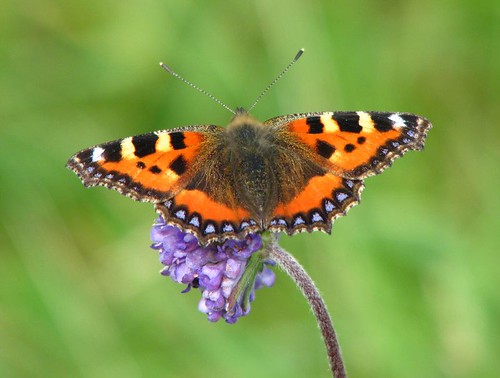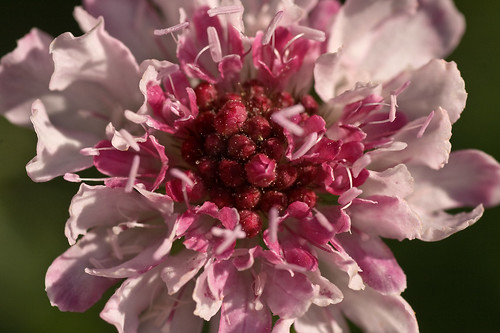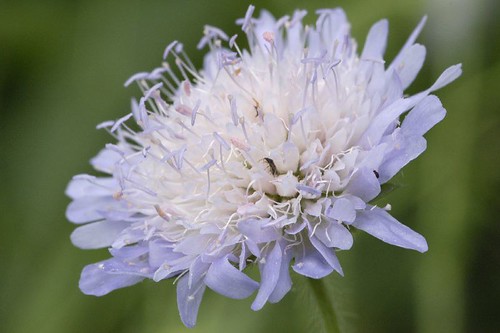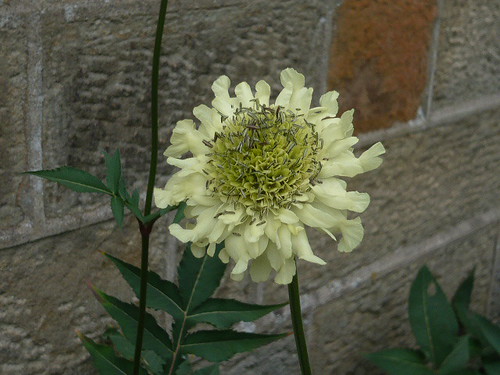Secrets of Geranium (Pelargonium) Cuttings
I couldn’t resist this double pink rose bud Pelargonium ‘Something Special’ which is looking really good at the moment. I intend taking some early cuttings of this plant next month and growing them on for specimen plants. August to October are good months for taking cuttings to flower the following year.
Tips on Pelargonium Cuttings
- Plants flower best when they are mature, full of leaf and well grown. Geraniums need time, usually 10-12 months from cutting to flowering to be at their best.
- A 3 inch cutting should have several leaf joints (nodes) for potential branching. Some gardeners recommend non-flowering stems but I find it isn’t significant.
- Take the cutting with a razor blade or sharp knife just above a leaf joint from your stock plant. Trim off all bar one or two leaves and any flower buds. trim back to just below a node.
- I use 3 inch pots but smaller pots may be suitable or 4-5 cuttings can be put around the edge of a larger pot. Cuttings can also be planted in a hole close to the parent bedding geranium and lifted with soil for potting on for winter.
- Gritty compost or soil with added sand is a suitable medium. The sand can stimulate root growth. I do not use rooting hormone it isn’t worth the cost as Geraniums root so easily.
- Pinch out the growing tip to encourage roots and branches.
- Dwarf and miniature plant cuttings can be proportionately smaller but the method is the same.
- Water the pots from the bottom. Bottom heat will only be needed for late October cuttings
- Dwarfs, Ivy and miniature Pelargoniums root quite well. I find Regals a bit harder as cuttings.
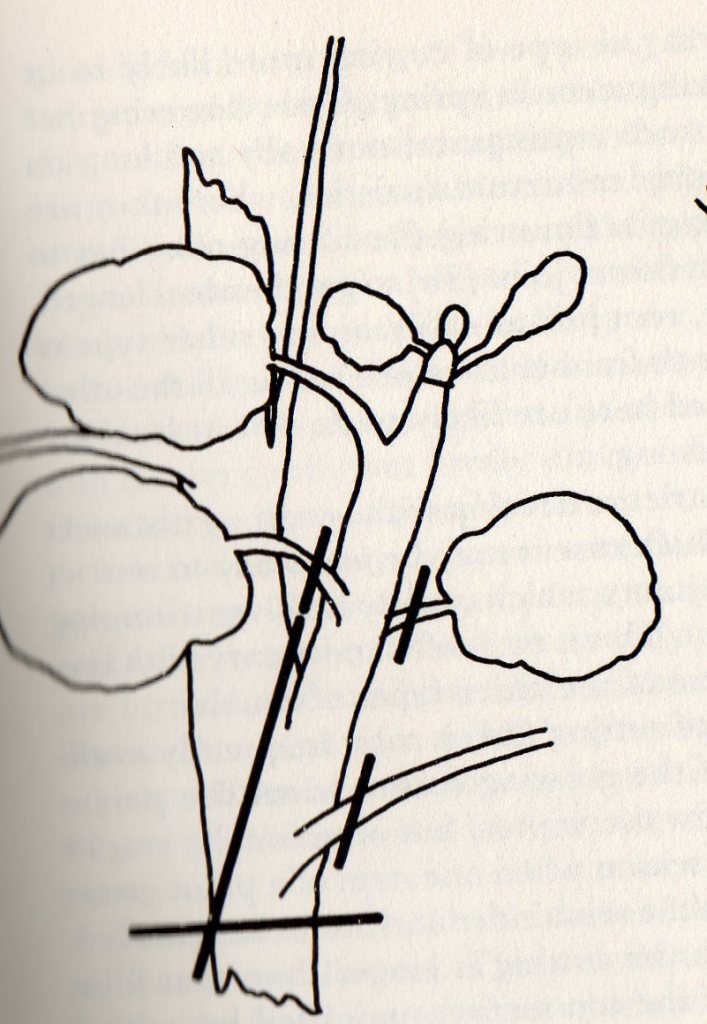
- A nodal shoot cutting above is taken by trimming by branching stem into two cuttings.
- Other than Regals which need nodal cuttings, they can be taken from the most suitable point of the host plant.
- A leaf Axil cutting below can be taken if the plant has no other suitable cutting material.
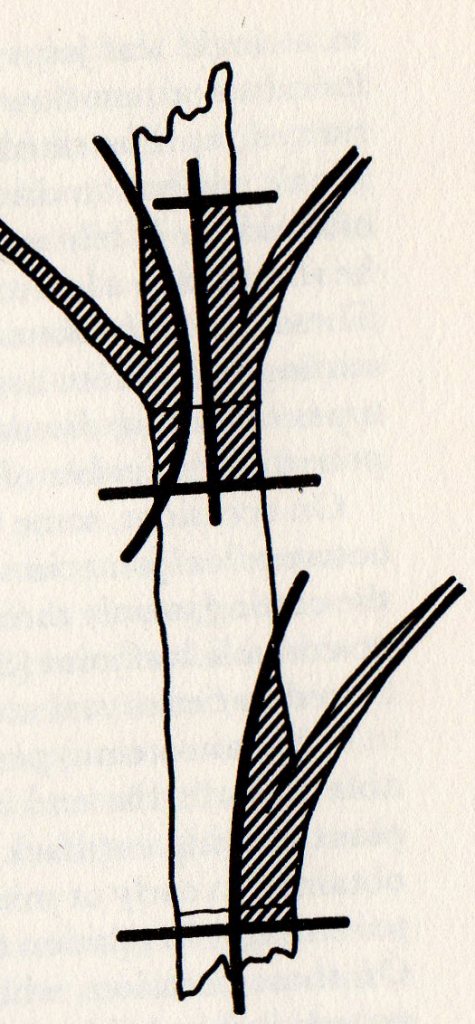
Other links and information on Pelargoniums
Top 10 Scented leaved Pelargoniums
Pelargonium Grandiflorum and other ‘Geraniums’
Stellar Pelargonium – Bird Dancer Geranium
Photogenic Pelargonium
Growing Regal Geranium Pelargonium
Miniature Pelargonium
Dwarf Pelargonium aka Geranium
Tips for Growing Geraniums (Pelargonium)
Other Resources and Credits
Pelargonium ‘Lord Bute’ by douneika CC BY-NC-SA 2.0
Pelargonium peltatum by DowianA CC BY-NC-SA 2.0
Royal Horticultural Society RHS ‘Gardening for All’
National Council for Conservation of Plants and Gardens ‘Conservation through Cultivation.’
Garden Organic National Charity for Organic Gardening.
BBC Gardening
Thompson & Morgan supply seeds and plants in season.
